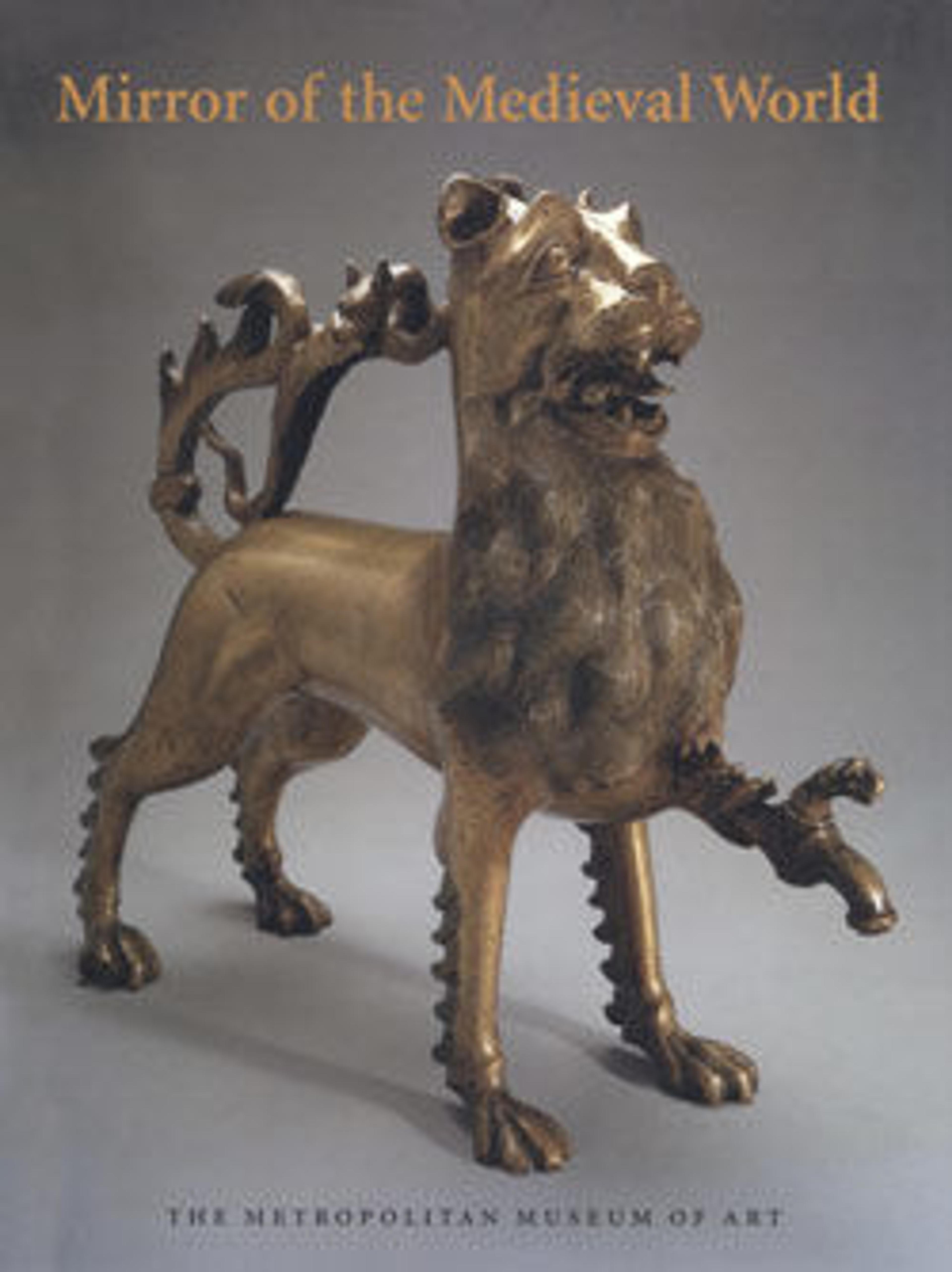Bible
In the thirteenth century, Paris, with its renowned university, became Europe's premier center for the creation of illuminated manuscripts. Typical of the work of the city's busy ateliers are the "University Bibles," which were created for a wide range of clients, including clerics, laity, and students, and are characterized by painstaking scribal work and tiny but detailed illustrations. This Bible is one of the finest examples of the type, which survives in relatively large numbers. More richly illustrated (with eighty-one historiated initials) and significantly larger than most such Bibles, it is particularly interesting for its opening of the Book of Genesis, which presents the seven days of Creation in superimposed octofoils and the silhouette of a Dominican kneeling beneath an image of the Crucifixion.
Artwork Details
- Title:Bible
- Date:ca. 1250–75
- Geography:Made in Paris, France
- Culture:French
- Medium:Tempera and gold on parchment; leather binding
- Dimensions:Overall (closed): 10 1/2 x 7 1/8 x 3 1/2 in. (26.6 x 18.1 x 8.9 cm)
single folio: 9 15/16 x 6 1/2 in. (25.3 x 16.5 cm) - Classification:Manuscripts and Illuminations
- Credit Line:Gift of John L. Feldman, in memory of his father, Alvin Lindberg Feldman, and his mother, Rosemily Petrison Feldman, 1997
- Object Number:1997.320
- Curatorial Department: Medieval Art and The Cloisters
More Artwork
Research Resources
The Met provides unparalleled resources for research and welcomes an international community of students and scholars. The Met's Open Access API is where creators and researchers can connect to the The Met collection. Open Access data and public domain images are available for unrestricted commercial and noncommercial use without permission or fee.
To request images under copyright and other restrictions, please use this Image Request form.
Feedback
We continue to research and examine historical and cultural context for objects in The Met collection. If you have comments or questions about this object record, please contact us using the form below. The Museum looks forward to receiving your comments.
